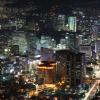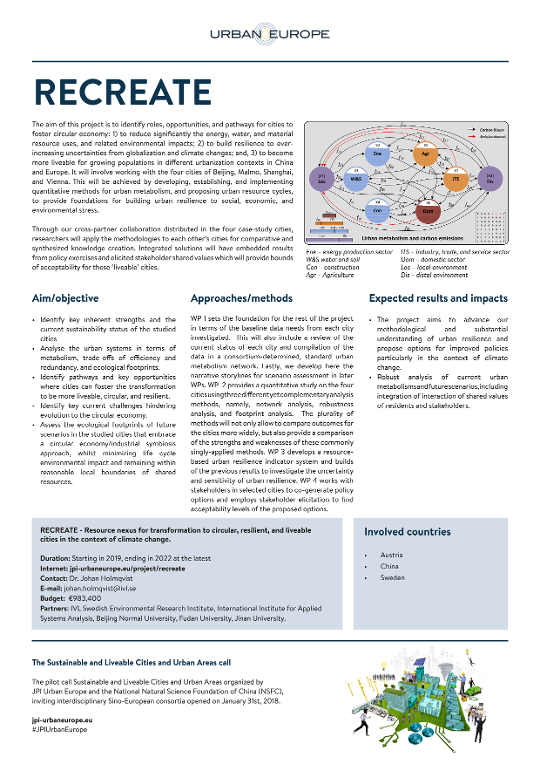
Urban metabolism is a model to study the flow of energy and resources as they enter cities, how they are used and consumed, and how they exist cities as wastes. By studying urban metabolism, we can get a better understanding of how resources are used and ways to reduce negative environmental impact. As the fraction of people living in cities continue to expand around the world, urban metabolism analysis can help decision makers develop cities to become resource efficient, climate friendly, resilient and equitable.
Objectives
The aim of this project is to identify roles, opportunities, and pathways for cities to foster circular economy:
- to reduce significantly the energy, water, and material resource uses, and related environmental impacts;
- to build resilience to ever-increasing uncertainties from globalization and climate changes; and,
- to become more liveable for growing populations in different urbanization contexts in China and Europe.
It will involve working with the four cities of Beijing, Malmo, Shanghai, and Vienna.
IIASA Research
The objectives of this project will be achieved by developing, establishing, and implementing quantitative methods for urban metabolism, and proposing urban resource cycles, to provide foundations for building urban resilience to social, economic, and environmental stress. Through a cross-partner collaboration distributed in the four case-study cities, researchers will apply the methodologies to each other’s cities for comparative and synthesized knowledge creation. Integrated solutions will have embedded results from policy exercises and elicited stakeholder shared values which will provide bounds of acceptability for these ‘liveable’ cities.



